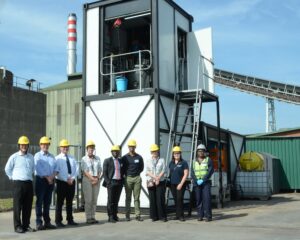
Consumers around the world are increasingly interested in honeybush tea, because of its unique flavour and health properties. Honeybush can also be used in value-added foods, dietary supplements and cosmetics.
Find the latest Honeybush Market Value Chain Profile on the Department of Agriculture, Land Reform and Rural Development (DALRRD) website www.dalrrd.gov.za (on the Directorate Marketing web pages on the “Old website” option).
Of relevance is the Agricultural Product Standards Act: Regulations relating to Control of the Export of Processed Products.
The Government’s previous IPAPs (Industrial Policy Action Plans) featured honeybush as an area in which jobs could be created in the country.
Further reference:
Government/parastatal
See “National strategy & government contacts” heading.
Companies involved
Training and research
Some articles:
Our thanks to Marlise Joubert and Elizabeth Joubert of the ARC Infruitec-Nietvoorbij for their help with this page, and www.sahta.co.za.